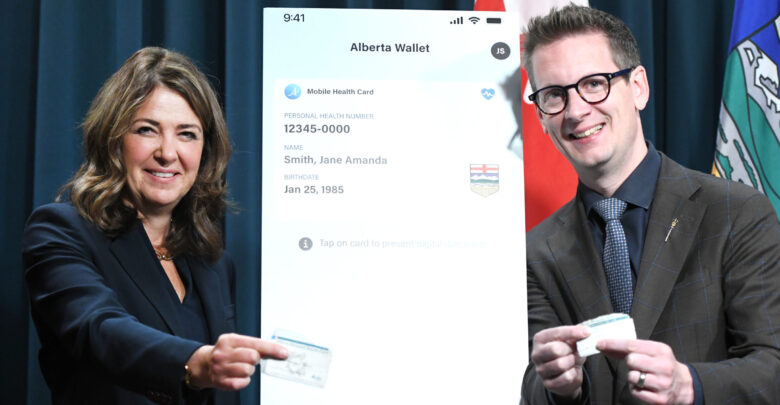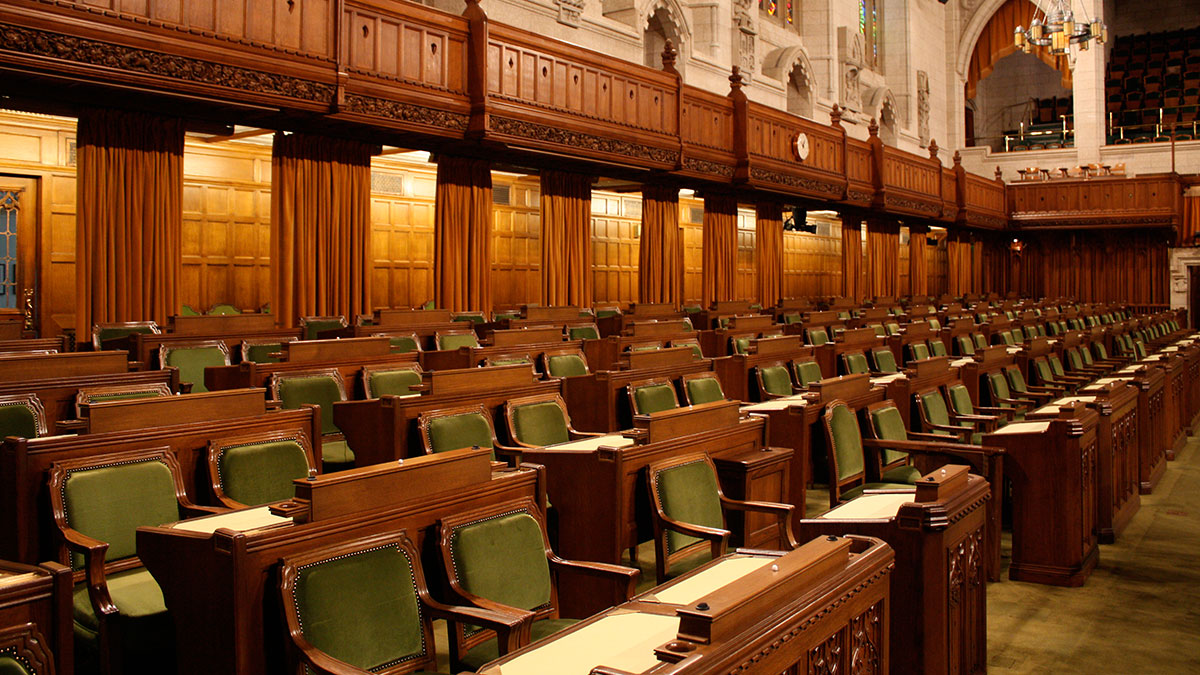Alberta app offers convenient alternative to paper health cards
Alberta rolls out digital health cards while keeping paper options, raising questions of access and security.
 Alberta Newsroom
Alberta Newsroom Alberta has announced that residents can now access their provincial health card digitally through the Alberta Wallet app. Leaders pitch the move as a modernization effort, giving people a convenient, secure alternative to the traditional paper card. But unlike some provinces moving toward fully digital systems, Alberta is keeping its paper cards in place. For now, the digital option is just that: an option.
The provincial government is presenting the Alberta Wallet app as part of its broader strategy to modernize services. It argues that digital health cards will make health-care access faster and safer. According to the province, the app uses “advanced encryption to ensure your personal data stays safe” and eliminates the wear-and-tear problems of paper cards. The app also makes it easier to deal with lost or damaged cards. Instead of waiting for a replacement in the mail, Albertans can pull up their health card instantly on their phone.
For those who choose to use it, the digital health card has clear advantages. People no longer need to worry about carrying or misplacing their physical card. Clinics, pharmacies, and hospitals could see smoother check-ins when patients can simply flash their phone. The app also sets the stage for integration with other government services. Right now, only health cards are available, but the province has said more services will be included later. There are environmental arguments as well. Relying less on paper cards reduces waste and many younger Albertans, already accustomed to using their phones for banking, tickets, and ID, are likely to welcome the change.
Despite the optional nature of the program, critics warn that going digital could deepen existing inequalities if it becomes the norm in the future. Seniors, in particular, face obstacles with new technology. Research shows that older people often require tailored support to navigate digital systems and risk being excluded without it. Low-income Albertans may also face disadvantages. Only 58 per cent of households in Canada’s lowest income bracket have reliable home internet, compared to nearly full coverage among higher-income households. If smartphone-based health cards become the primary form of identification, those who cannot afford devices or data plans may fall behind.
Rural and Indigenous communities face another barrier: digital infrastructure. Internet connectivity is far less reliable in remote areas, and inadequate service is already limiting access to telemedicine. Without improvements, digital health services could unintentionally widen the gap between urban and rural health access. There are also practical concerns. If someone loses their phone or it dies, they might struggle to access health care quickly. Privacy advocates caution that storing personal health information digitally creates new risks of hacking or data misuse.
Alberta’s decision to introduce digital health cards through the Alberta Wallet app offers residents a new, convenient option without taking away the paper cards they already have and use. For many, this flexibility will be welcome. Tech-savvy Albertans can modernize their health care experience, while others can stick to the traditional system. Still, the rollout raises important questions about access and equity if the province ever shifts toward a digital-first approach. For now, Alberta has struck a balance between modernization and choice, but the real test will be whether future policies keep inclusivity at the heart of innovation.




